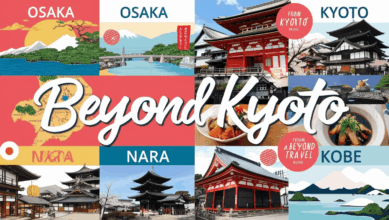Introduction
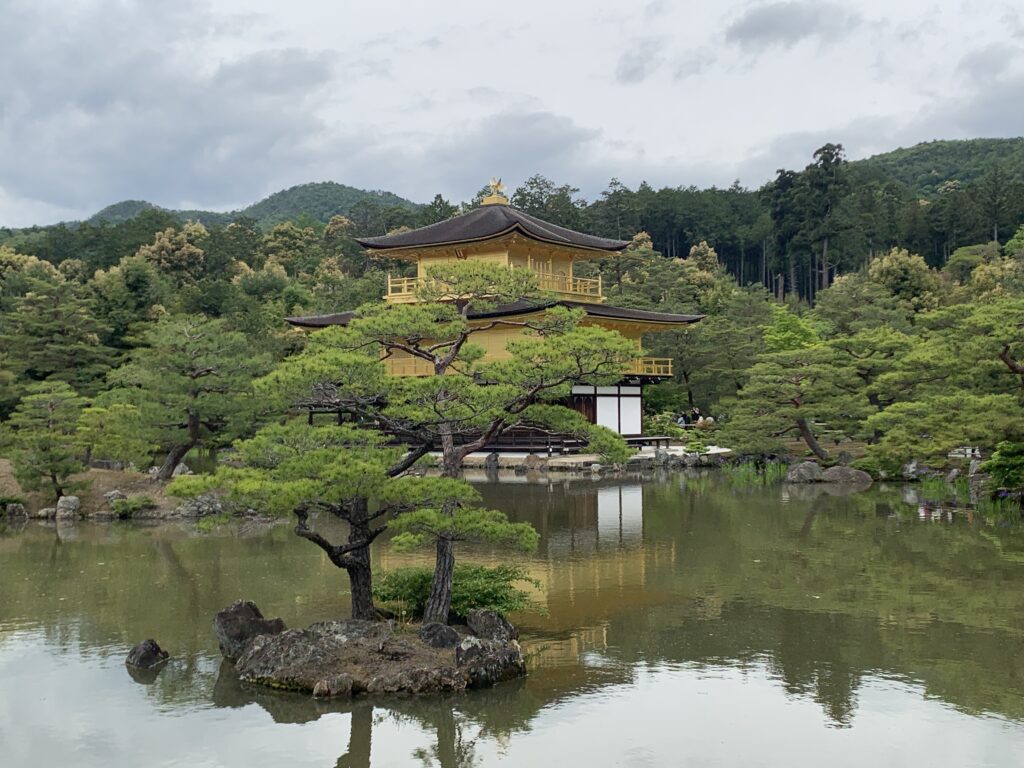
Kinkakuji, known as the Golden Pavilion, is one of Kyoto’s most iconic landmarks. While many admire its shimmering facade, few know it was once the private retreat of Ashikaga Yoshimitsu, one of Japan’s most powerful shoguns.
1. From Imadegawa to the Tranquility of Kitayama
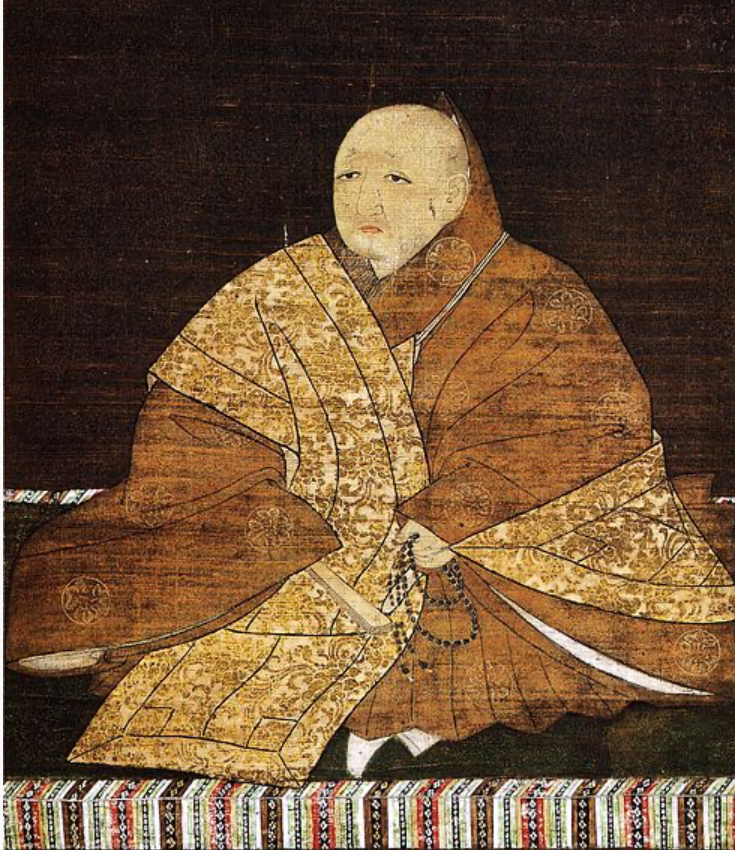
In the 1300s, during the Muromachi period, the shogunate’s political center was in Imadegawa, Kyoto. Ashikaga Yoshimitsu governed the nation from the “Hana no Gosho” palace. Later in life, he chose the serene northern hills of Kitayama to build Kinkakuji, reflecting his ideals and spirit.
2. Why Is It Golden?
In Buddhism, gold symbolizes the virtues of Buddha and the Pure Land. Yoshimitsu intended Kinkakuji to represent this paradise on earth. Additionally, through trade with Ming China, he amassed great wealth, showcasing Japan’s cultural pinnacle through this golden architecture. The pavilion’s reflection on the pond is truly mesmerizing.
3. Architecture Reflecting Japan’s History
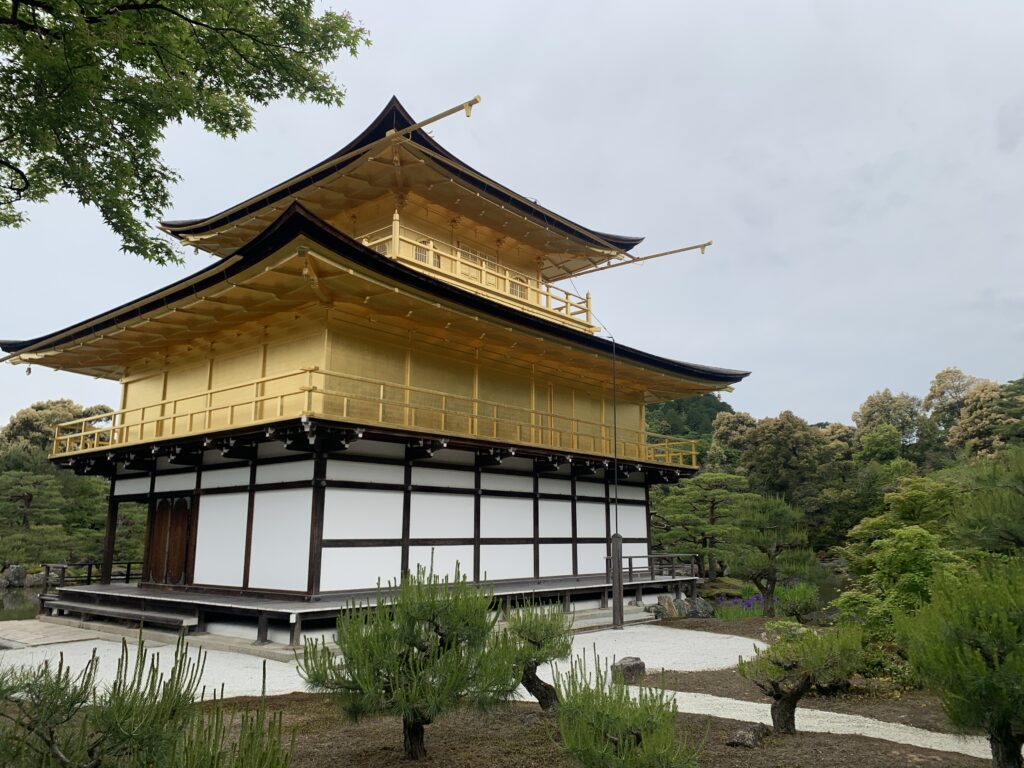
Kinkakuji’s three-tiered structure embodies Japan’s cultural evolution:
- First floor: Aristocratic style (Shinden-zukuri)
- Second floor: Samurai style (Buke-zukuri)
- Third floor: Zen temple style (Karayo)
Ascending the structure symbolizes the journey from nobility to warrior to spiritual enlightenment.
4. The Garden: A Walk Through Philosophy
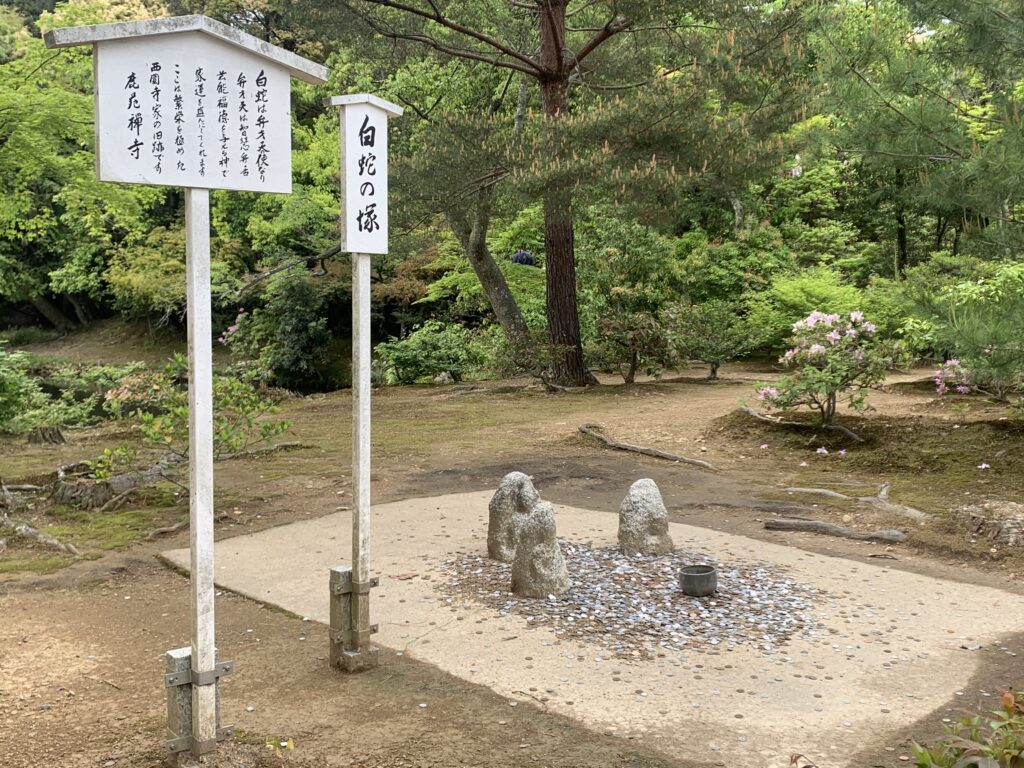
The surrounding garden isn’t just for viewing; it’s designed for contemplation. Features like small islands, winding pines, and natural stones represent harmony between humans and nature, mirroring the principles of Zen Buddhism.
5. Modern Visitors and Their Wishes
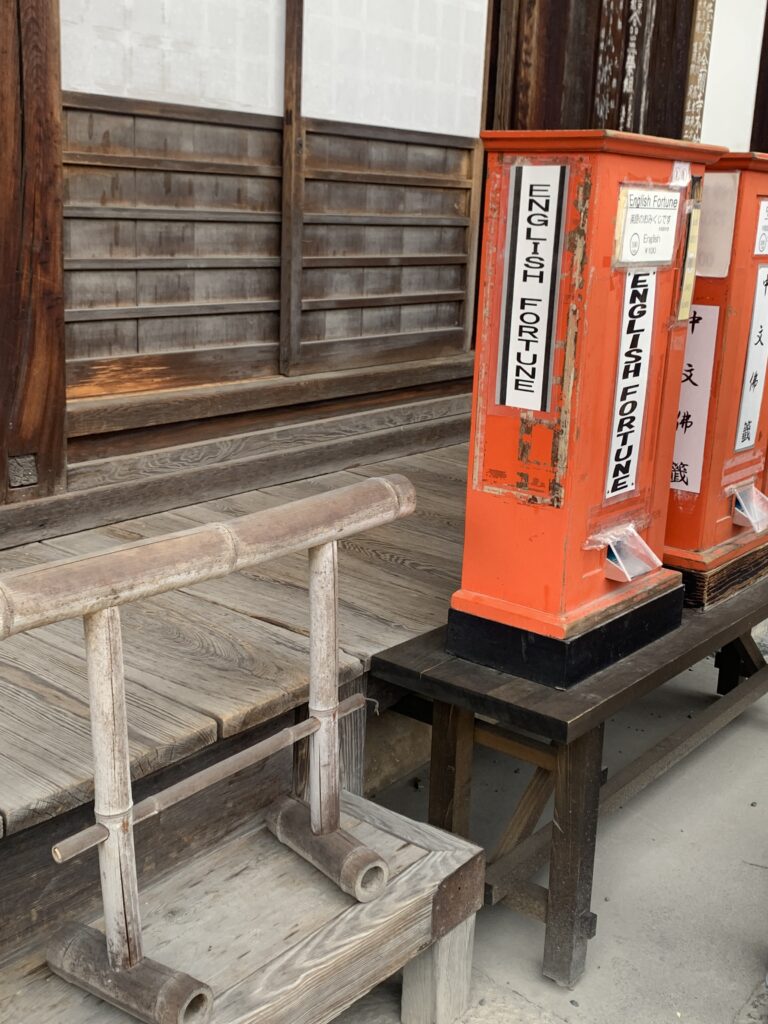
Kinkakuji offers omikuji (fortune slips) and charms in multiple languages. Visitors tie their wishes on designated areas, and many offer coins at the white snake shrine, believed to bring prosperity. Just like the shogun, today’s visitors seek peace and reflection in this sacred space.
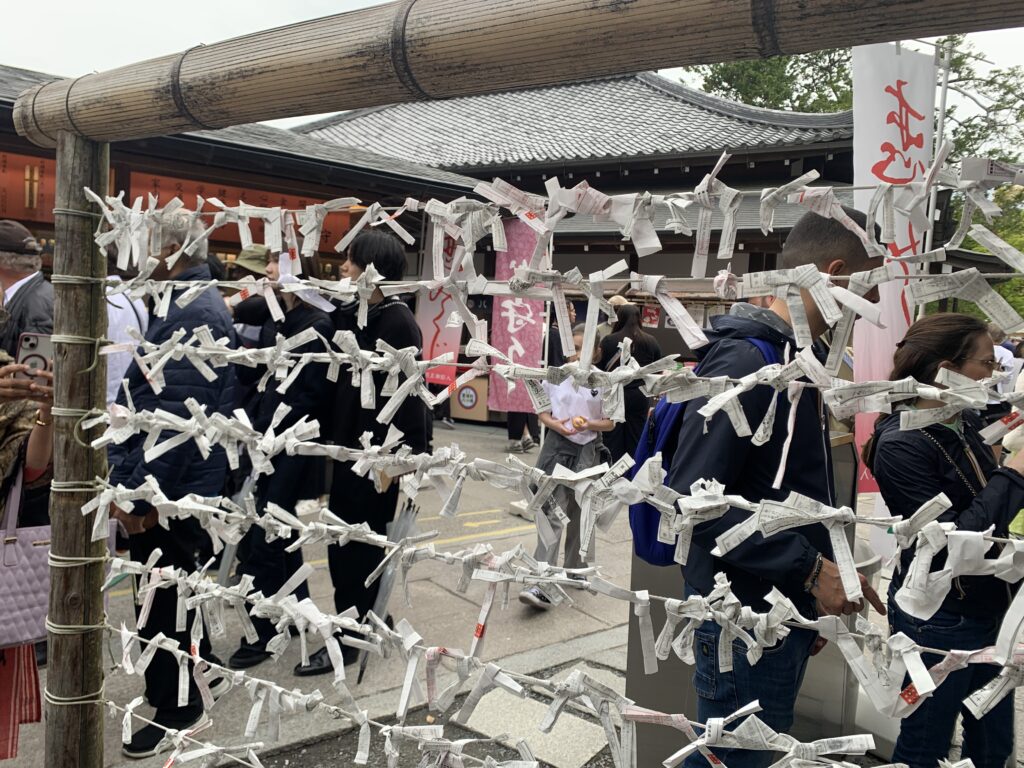
Conclusion
Kinkakuji is more than a golden temple; it’s a manifestation of a shogun’s pursuit of beauty, spirituality, and cultural excellence.
